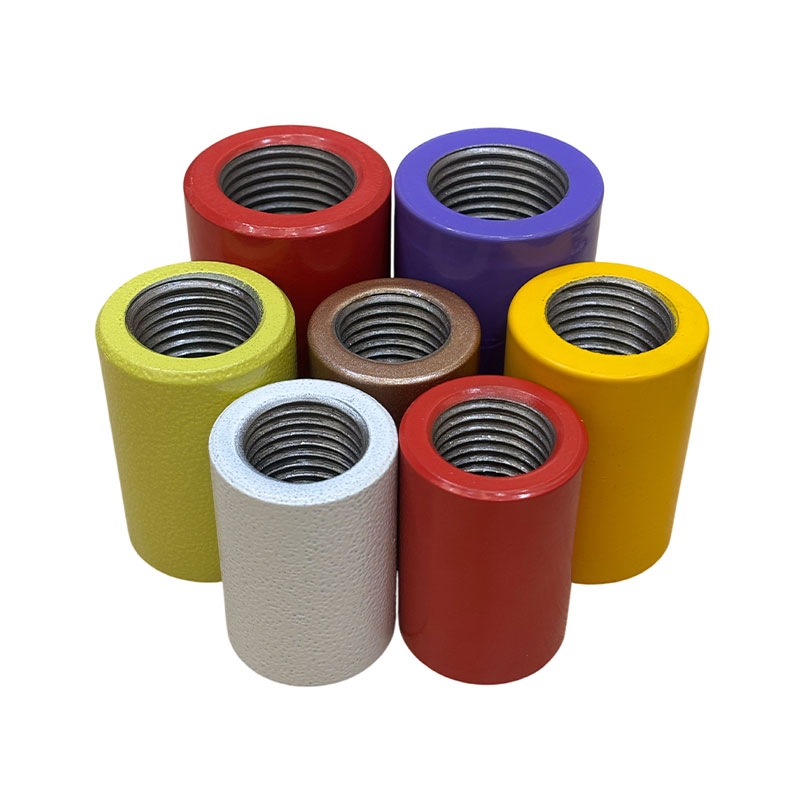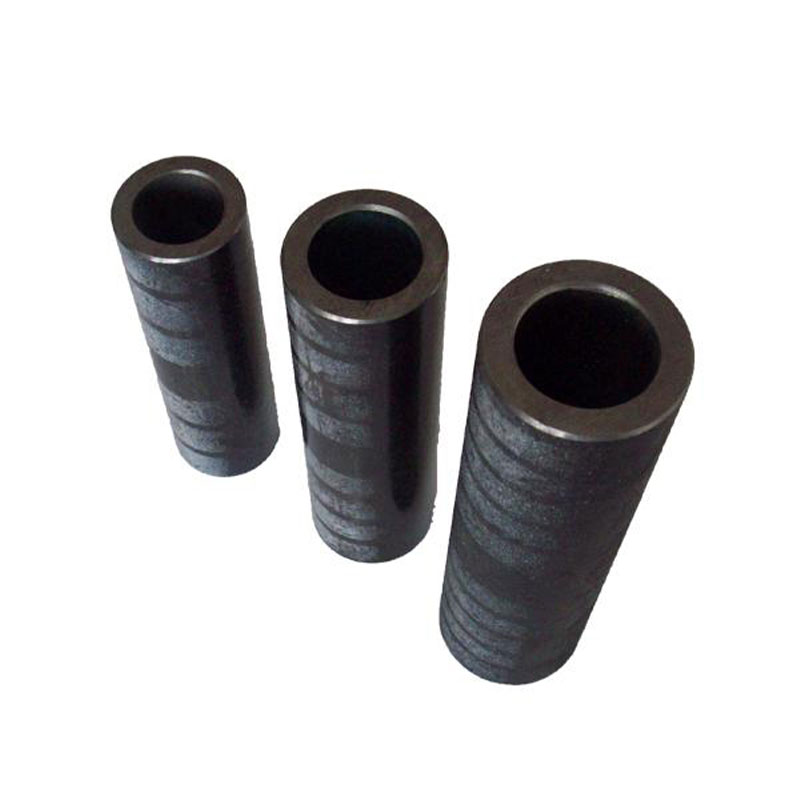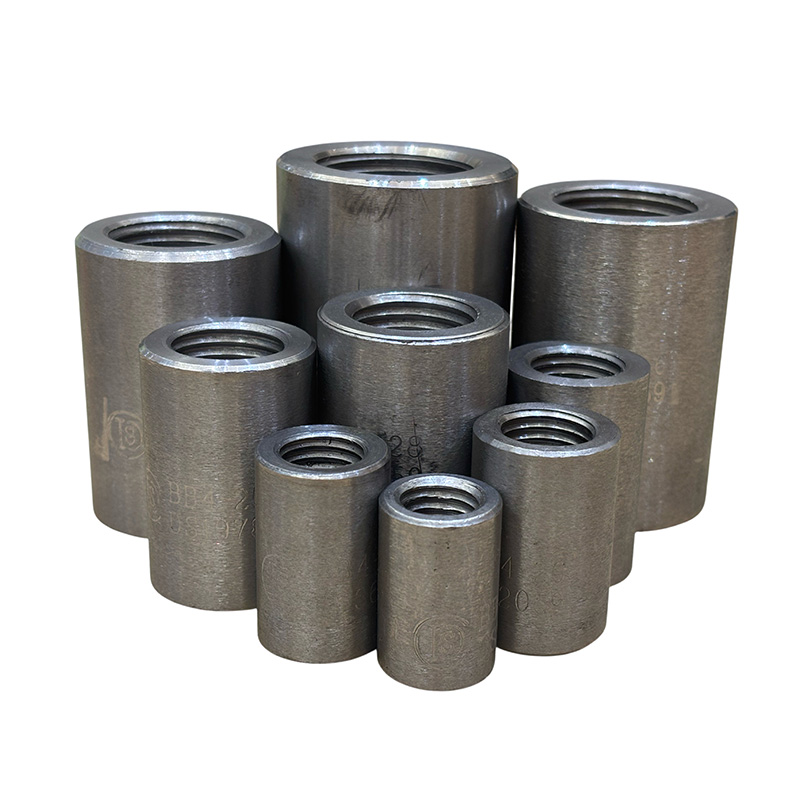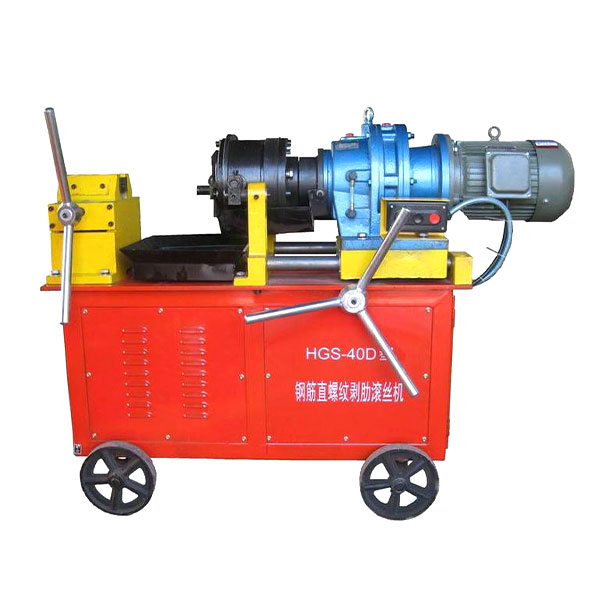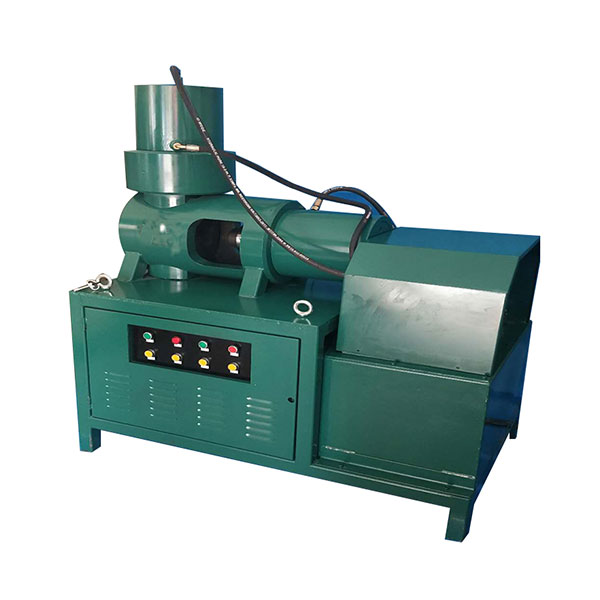Why Choose Rebar Couplers Instead of Lapped Joints?
Rebars make up an element of a structure’s “skeleton,” and rebar connections – also known as “joints”-directly determine the structural stability load-bearing capacity, as well as the life of the service. For construction professionals, a key confusion is: why are more projects shifting from traditional lapped joints to rebar couplers? Concerns like low efficiency, cost overruns, non-compliance, or unsure which fits the project are core on-site pain points. This article compares the two by performance, efficiency, and cost to show why couplers are better in most cases.
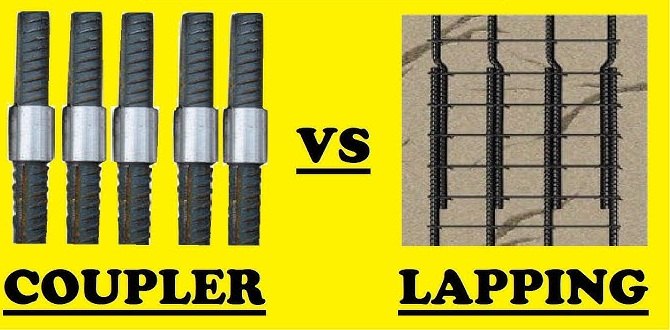
Table of Contents
What Is a Lapped Rebar Joint?
A lapped rebar joint an old-fashioned method of connecting. It involves two rebars being overlapping by a specific size (usually between 20 and 40 times rebar’s diameter in accordance with design codes) and secured by wire tie. In the end, it is based on the connection between concrete and rebars in order to transfer loads.
Acceptable scenarios: Only suitable for small-scale construction projects (e.g. foundations for low-rise residential structures) Low-load structures and rebars that have small diameters (typically smaller than Φ20).
Fundamental Limitations: Its performance depends upon the quality of the concrete (prone to fail in the event of poor curing or if concrete cracks) It occupies a large area (long overlaps increase structural cross-section) unsteady load transfer; inability to accommodate the requirements of projects that are in high demand.
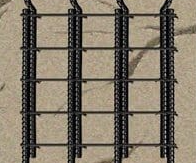
What Is a Rebar Coupler?
A rebar coupler is a mechanical connection device that joins two rebars end-to-end into a rigid unit via methods like thread engagement or crimping. Common types include parallel-thread couplers (most widely used), taper-thread couplers, and crimped couplers. Among them, pre-threaded couplers can be processed off-site for direct on-site installation.
Core Advantages: Load transfer does not rely on concrete; strength meets or exceeds that of the rebars themselves (compliant with standards such as ISO 15835 and GB 50204); stable performance (unaffected by construction environments); and easy installation.
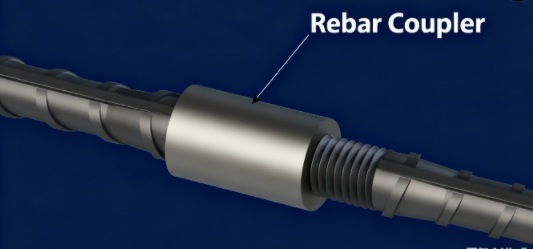
Key Advantages of Rebar Couplers Over Lapped Joints
Rebar connections, also known as “joints” of building structures are essential to the overall quality of projects and security. For construction teams, deciding between lapped joints with traditional design as well as modern-day rebar couplers are much more than a matter of choice on the technical side. It solves common issues such as safety concerns, delays in timelines and cost overruns. The following are the primary benefits of using rebar couplers versus lapped joints. They are broken down into four crucial dimensions, and scenarios in which couplers cannot be negotiated.
Structural Safety
The reliability of load transfer defines structural safety, and the two methods differ drastically here. Lapped joints rely on “indirect load transfer”: they depend entirely on the bond friction between concrete and rebar surfaces. This design is fragile—if concrete cures unevenly, develops cracks, or endures seismic forces (common in high-risk zones), the overlapping rebar sections easily slip, causing connection failure. Data shows lapped joints have an 8%-10% failure rate in seismic fortification zones of intensity 8 or higher. Worse, industry specifications (such as China’s GB 50204) explicitly ban lapped joints in axially tensioned members and the stirrup-dense zones at beam and column ends in seismic designs, as they cannot withstand extreme stress.
Rebar couplers, by contrast, use “direct load transfer” via mechanical engagement (e.g., thread locking), so they are completely independent of concrete performance. The most widely used straight threaded rebar couplers have a tensile strength of ≥500MPa, perfectly matching the mechanical properties of HRB400-grade rebars—one of the most common types in construction. Class I couplers (the highest standard) even reach the ultimate tensile strength of rebars and offer better ductility, making them the top choice for seismic and high-load projects.
Construction Efficiency
The efficiency on site directly impacts the project’s timeline and costs for labor The lapped joints can be the most significant bottleneck. They are labor-intensive. workers have to measure and cut rebars in-site before bind the overlaid segments (usually around 20-40x the diameter of the rebar) point-by-point. For one Φ20 Rebar, that’s 5 binding points and each one takes between 10 and 15 hours to finish. The overlapping sections can hinder concrete pouring, leading to insufficient vibration and costly repairs in the future.
Couplers improve efficiency by prefabrication. Rebars with threaded ends are manufactured off-site in factories (ensuring the sameness) So installing them on-site is just tightening the coupler using the torque wrench for 1-2 minutes per joint, no binding is required. For projects with 1000 Rebar joints, couplers will reduce the need for labor by 120 hours which reduces labor costs on-site by 30-40% and reduce the overall timeframe by about 15% to 20 %. This is particularly important in difficult environments such as high-altitude construction and small space (e.g. underground tunnels) in which manual binding can be difficult to accomplish.
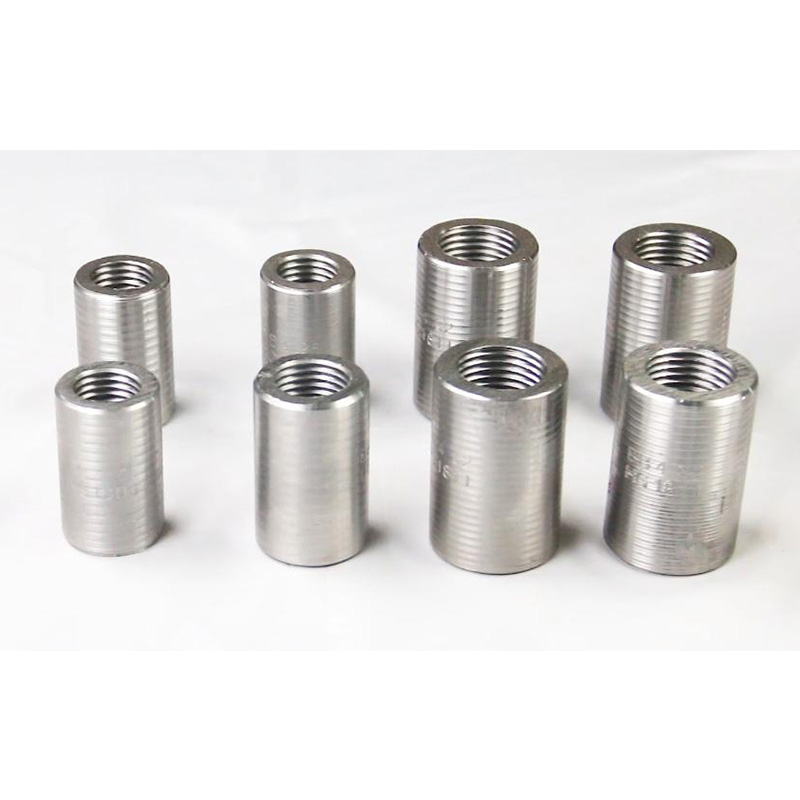
Cost Control
Many teams mistakenly think lapped joints are cheaper, but this ignores long-term and hidden costs. In the short term, lapped joints waste rebar: the required overlap means extra material—for example, 1,000 joints with Φ25 rebars need 1.5 tons more rebar than couplers. While a single coupler costs 2.1−4.2, the savings from reduced rebar use fully offset this upfront expense.
Long-term costs favor couplers even more. Lapped joints have gaps between overlapping rebars, which trap moisture and cause corrosion. Repairing this requires chiseling concrete and replacing rebars, costing tens of thousands of dollars per incident. Compliant couplers have tight seals that prevent water and air ingress, so they need almost no maintenance. A full-life-cycle analysis of a 10-story residential building (5,000 rebar joints) found couplers reduce total costs by 5%-8%. Note: Low-quality couplers may cause rework, but certified, high-quality ones lower life-cycle costs significantly.
Space Adaptability
Modern buildings (e.g., high-rises, prefabricated structures) demand compact designs, and lapped joints struggle here. Their long overlapping sections bloat structural cross-sections—for a Φ20 rebar, the lap length is 600mm, which causes conflicts in dense rebar areas like beam-column joints. Specifications also advise against lapped joints for rebars larger than 25mm (tension) or 28mm (compression), as the overlap becomes unmanageable.
Couplers solve this with their compact design: a coupler for a Φ25 rebar is only 50-75mm long, less than 1/10 the lap length of a lapped joint. This makes them ideal for high-rise core tubes, underground utility tunnels, and prefabricated buildings. In prefabrication, couplers enable “off-site prefabrication + on-site assembly”—prefab components with pre-installed couplers can be quickly joined on-site, a process lapped joints cannot support.
Non-Negotiable Scenarios for Couplers
Couplers aren’t only a better option, they are a must or the only option that is reliable in five scenarios that are crucial to consider:
Zones with high seismic activity (e.g. Sichuan/China America/California, Japan): Local codes (e.g. ACI 318 and GBP 50204) require Class I/II mechanical connections in these zones because lapped joints fail during earthquakes.
Rebars with a large diameter (>=25mm): A Φ32 rebar requires an 960mm lap. However, couplers will save 30% bar and can eliminate the space issue.
Prefabricated parts: Lapped joints cannot work with prefabs made off-site; couplers allow “plug-and-play” assembly.
Special locations (tunnels and marine projects): Risks of corrosion make the joints of laps unreliable, and coupler seals help protect the rebars.
Long-span structures (bridges stadiums, bridges) are those that require constant connection strength. The performance of lapped joints changes with the quality of concrete however couplers remain stable.
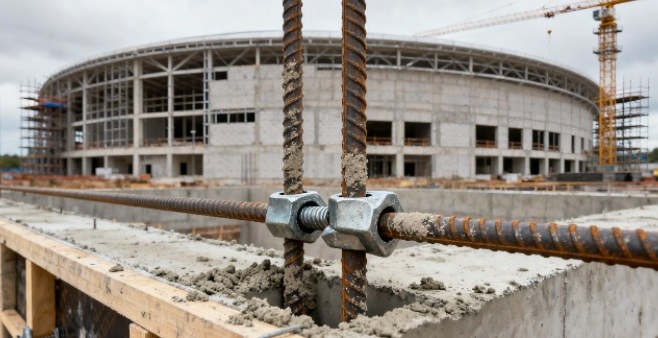
FAQ
Q1: Are rebar couplers more difficult to set up as compared to lapped joint?
A1: No.Couplers that are pre-threaded only require tightening using an torque wrench. No cutting/adjustment on-site.
Q2: Couplers raise the possibility of connection failure?
A2: No. Couplers with no certification (e.g., ISO 15835) have a failure rate of <0.1 percent, compared to. 5-8 percentages in lapped joint (per industry research).
Q3: Do couplers work for all grades of rebar (e.g. HRB400 Grade 60)?
A3: Yes. The majority of couplers can be used with common grades. Check the specifications of the manufacturer for rebars with high strength (e.g., HRB500).
Q4: Is rebar couplers a good choice for small-scale projects?
A4: Yes, even for smaller projects, couplers help save labor time (offsetting the initial costs) and help reduce waste material.
Final Thoughts
In the modern world of construction, rebar couplers are no more an “optional solution”-they are now”the “optimal choice” to meet standards for security, efficiency, and conformity. If you are still unsure about the correct connecting method to your project, seek advice from Chongqing Huigong. We offers “project-tailored solutions,” making the choice of rebar couplers according to factors like the diameter of the rebar and the project’s environment to ensure that the choice meets your specific needs for construction.onal rebar connection with their advantages of no welding and no wire tying. If you are choosing a suitable rebar coupler, come to Chongqing Huigong immediately to select the one that fits your project.

